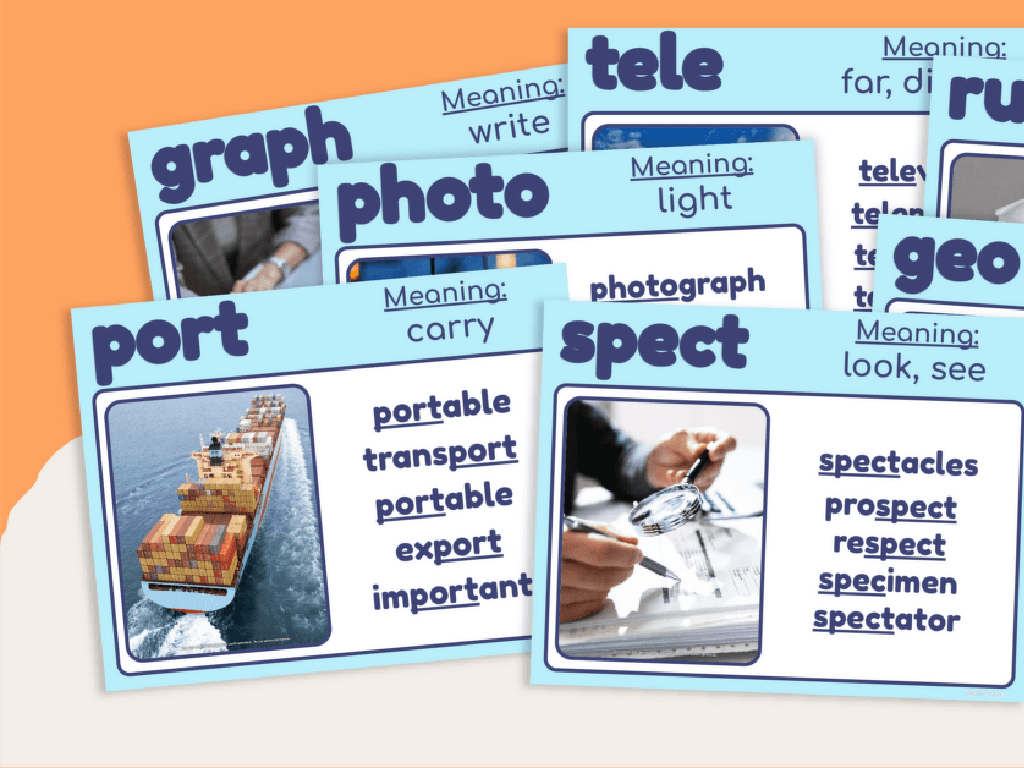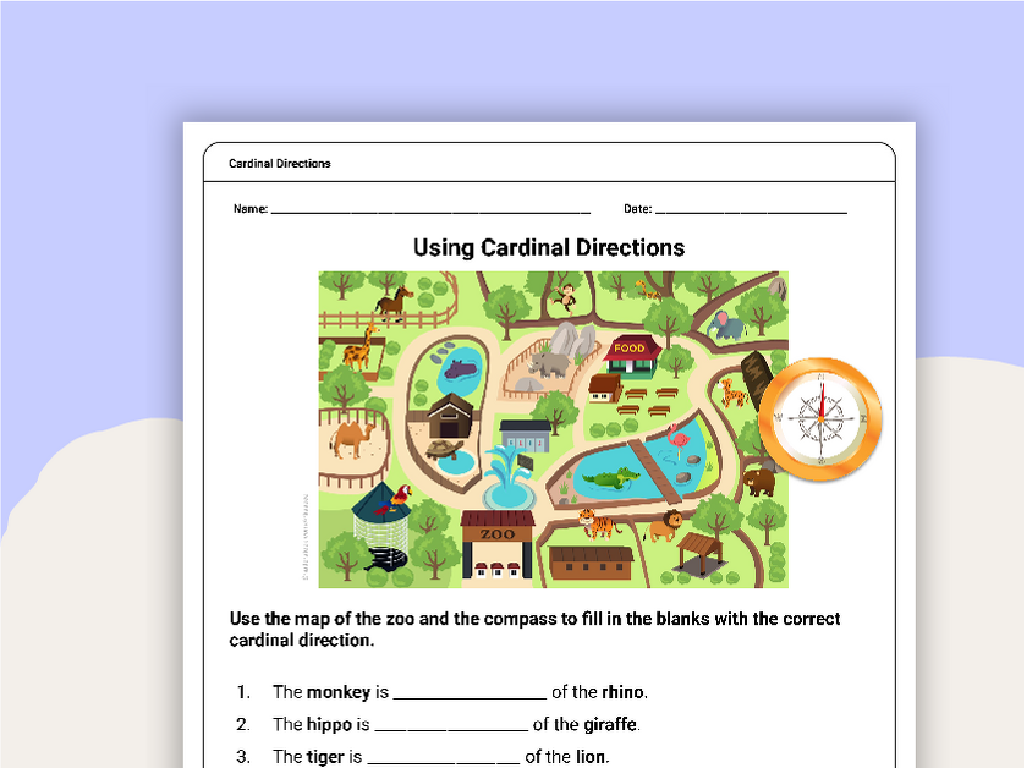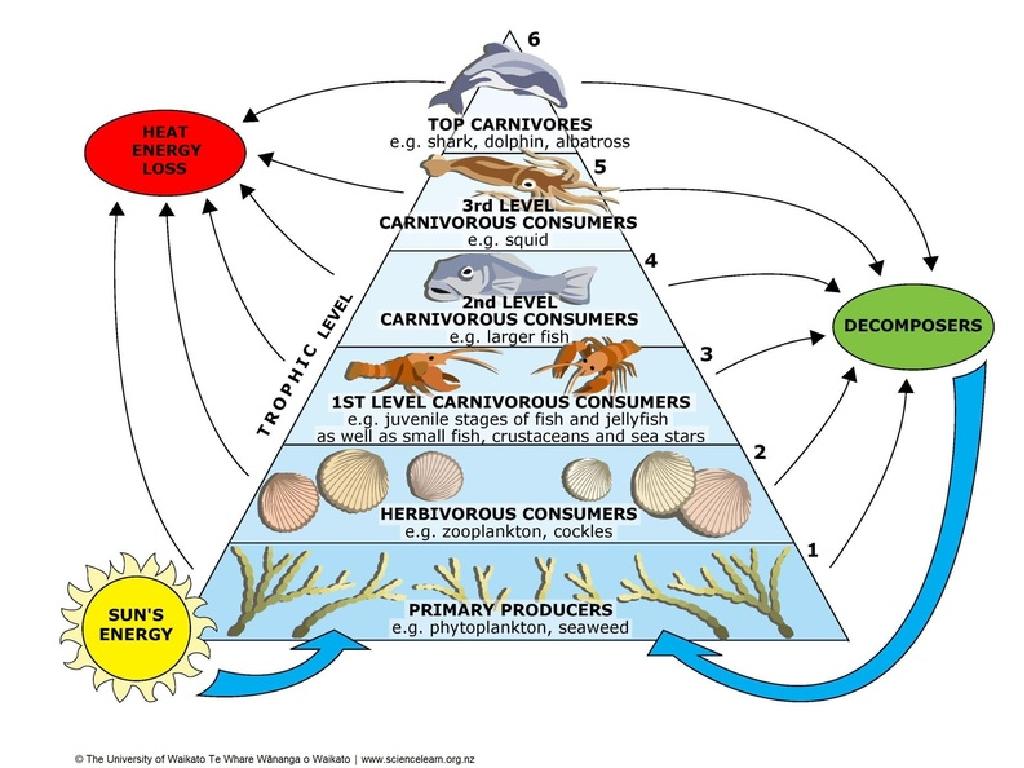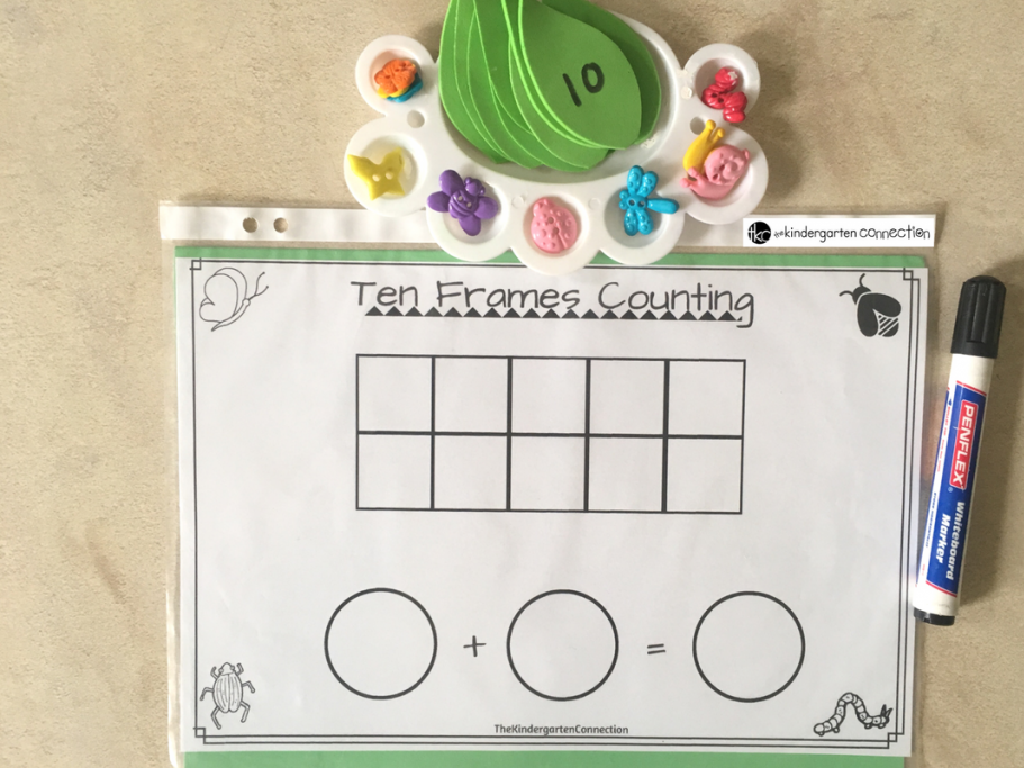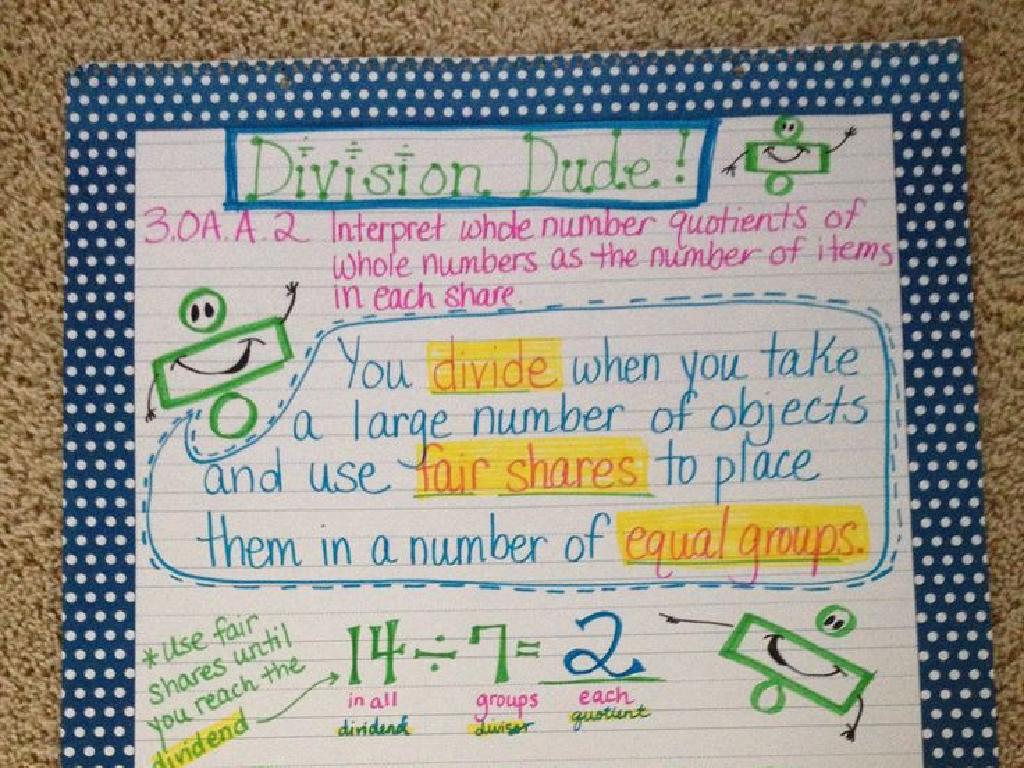Greetings And Closings Of Letters
Subject: Language arts
Grade: Fourth grade
Topic: Formatting
Please LOG IN to download the presentation. Access is available to registered users only.
View More Content
Introduction to Letter Writing
– What is a letter?
– A letter is a way to communicate in writing.
– Types of letters
– Formal, informal, and thank-you letters.
– Importance of letter writing
– Helps us communicate with others for different reasons.
|
Begin the class by explaining that a letter is a written form of communication, often used when we cannot speak to someone directly. Introduce the different types of letters, such as formal letters for official purposes, informal letters to friends or family, and thank-you letters to express gratitude. Discuss why it’s important to learn letter writing: it helps us to convey our thoughts and feelings clearly and is a fundamental skill for personal and professional communication. Encourage students to think about times they have received letters and how it made them feel. This will help them understand the value and impact of their own letter writing.
Parts of a Letter
– Heading: Your address and date
– It’s like a letter’s home and when it was born!
– Greeting: Starting a letter
– It’s saying ‘hello’ in a letter
– Body: The main message
– Tell your story or share your news here
– Closing: Ending a letter
– It’s like saying ‘goodbye’ or ‘see you later’
– Signature: Your name
– It’s like giving a letter your autograph
|
This slide introduces the five main parts of a letter to help students understand the proper format for written correspondence. The heading includes the writer’s address and the date, which is important for the recipient to know where and when the letter is coming from. The greeting is the polite way to start the letter, often using ‘Dear’ followed by the recipient’s name. The body is where the writer expresses the purpose of the letter. The closing is a courteous way to end the letter, with words like ‘Sincerely’ or ‘Best regards’. Lastly, the signature is the writer’s signed name, showing who the letter is from. Encourage students to practice writing each part and to think about the importance of each in the context of sending a message.
Letter Greetings: Formal vs. Informal
– ‘Dear’ for formal letters
– Use ‘Dear’ when writing to teachers or adults.
– ‘Hi’ or ‘Hello’ for friends
– ‘Hi’, ‘Hello’, or ‘Hey’ are great for friends or family.
– Match greeting to letter type
– Think about who you’re writing to before picking a greeting.
– Practice choosing greetings
– We’ll do activities to help you learn!
|
This slide introduces students to the concept of choosing appropriate greetings for different types of letters. ‘Dear’ is a formal greeting used when writing to someone you may not know well or in a professional context, such as a teacher or a business. ‘Hi’, ‘Hello’, or ‘Hey’ are informal greetings best used when writing to friends or family members. It’s important for students to understand the context of their letter to choose the right greeting. Activities can include matching exercises with different scenarios and greetings, role-playing writing letters to various recipients, and reviewing letters to identify greetings used. Encourage students to think about the relationship they have with the recipient of their letter to guide their greeting choice.
Letter Closings: Formal vs. Informal
– Formal closings for letters
– ‘Sincerely’, ‘Best regards’, ‘Yours truly’
– Informal closings for letters
– ‘See you soon’, ‘Take care’, ‘Love’
– Match closings with greetings
– How does ‘Dear Sir/Madam’ pair with ‘Sincerely’?
– Choose closing based on letter’s purpose
– What closing is right for a thank you letter or a note to a friend?
|
This slide aims to teach students the difference between formal and informal letter closings and how to match them appropriately with the letter’s greeting and purpose. Formal closings are used in professional or official correspondence, while informal closings are suitable for letters to friends or family. It’s important for students to understand the context in which these closings are used to ensure their letters are appropriately formatted. Activities can include matching exercises with greetings and closings, and writing sample letters for different purposes to practice choosing the correct closing.
Crafting Letter Greetings and Closings
– Practice writing greetings
– Practice writing closings
– Consider the recipient
– Is it a friend or a teacher?
– Determine formality level
– ‘Dear’ for formal, ‘Hi’ for informal
|
This slide is aimed at helping students practice how to start and end their letters appropriately. Encourage them to think about who they are writing to, as this will influence the greeting and closing they choose. If they’re writing to a friend, they might start with ‘Hi’ or ‘Hello’ and end with ‘See you soon’ or ‘Best wishes’. For letters to adults or in a formal context, such as to a principal or a local official, they should use ‘Dear [Name]’ and close with ‘Sincerely’ or ‘Respectfully’. Have students write out a few examples of both greetings and closings for different scenarios. This activity will help them understand the importance of tailoring their letters to fit the relationship with the recipient and the context of the correspondence.
Class Activity: Letter Writing Fun!
– Pick someone to write to
– Start with a friendly greeting
Examples: ‘Dear’, ‘Hello’, ‘Hi there’
– Write the main message
– End with a kind closing
Examples: ‘Sincerely’, ‘Best wishes’, ‘Yours truly’
|
This activity is designed to help students practice the format of a friendly letter. Start by having students choose a recipient for their letter, which could be a family member, friend, or a fictional character. Next, guide them to write an appropriate greeting to begin their letter. The body of the letter should contain the main message they want to convey. Finally, they should choose a closing that matches the tone of their letter. Encourage creativity and expression in their writing. After completing their letters, students will share them with the class to practice public speaking and to learn from each other’s writing styles. Possible variations of the activity could include writing thank you notes, letters to a book character, or pen pal letters to students in another class.

